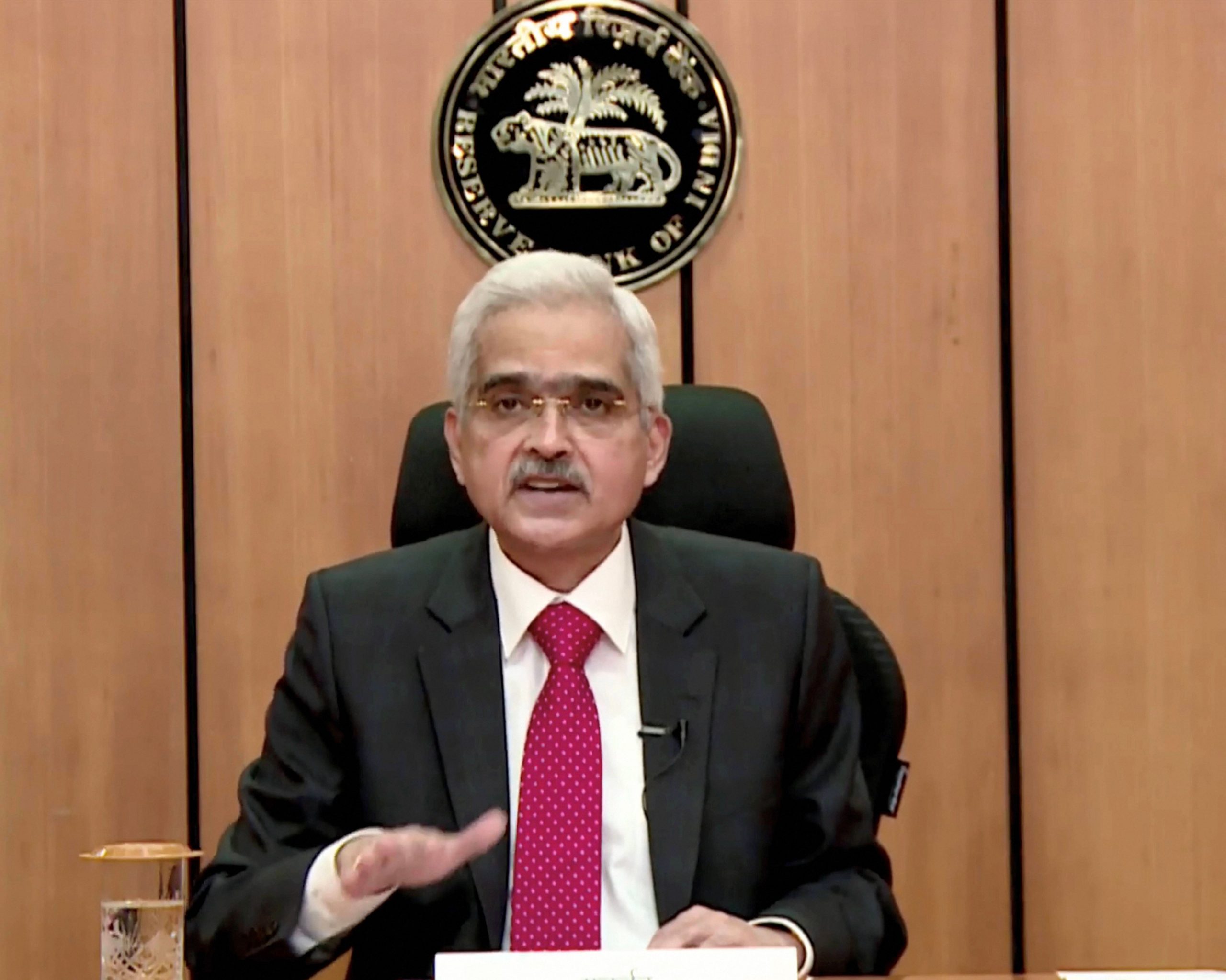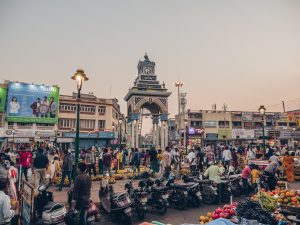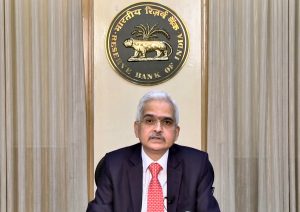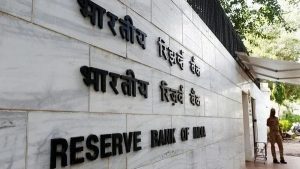There is little chance of the EMIs on your home or car loans to increase just yet, as the Reserve Bank of India (RBI) is likely to maintain lending rates at current levels in its bi-monthly monetary policy this week. The sharp spike in daily COVID-19 infections, localised lockdowns and worrying stagnation in factory output will ensure that the central bank maintains status quo. It has to since any upward revision of rates would hamper growth and this we can ill-afford.
Also read: Rising COVID cases a concern but won’t impact economic revival: RBI Governor
At least four large states have imposed a night curfew to curb virus spread; Maharashtra has shut all non-essential shops, private offices and restricted public transport, two other states have also placed widespread restrictions on people movement. All of these curbs %u2013 though essential to contain the virus %u2013 mean economic activity will again be severely curtailed. This situation necessitates RBI%u2019s support in maintaining liquidity and offering low-interest rates, therefore making the possibility of a hike remote.
In the last fiscal year, the RBI reduced repo rates (rates at which it lends to banks) to a record low of 4% through two rate cuts. It has also infused unprecedented liquidity in the market through several decisions, to support economic growth in times of a global pandemic.
Analysts at brokerage Edelweiss said in a note that they expected the RBI to leave rates unchanged and stick to an accommodative stance. The Monetary Policy Committee is scheduled to meet on Wednesday. %u201CEconomic recovery is still uneven and the pace of improvement has slowed, of late, after a sharp rebound from lows. (IIP, which denotes factory output, has averaged just ~0.6% year on year in the last five months). Further, the recent rebound in COVID cases poses a fresh challenge. Thus, continued policy accommodation is very much warranted,%u201D they said.
Not only is the RBI widely expected to keep the lending rates unchanged, but it is also expected to provide guidance on what the near-term economic outlook would be. Remember, GDP growth had bounced back into positive territory in the December quarter and there were all-round expectations of an acceleration in the March quarter. Growth numbers arrive with a lag so the actual situation will become clear only next month when the government is slated to release GDP data for the March quarter.
But how has the March quarter fared and what about growth prospects in the first quarter of the new fiscal? This is what everyone will be looking for %u2013 what is RBI%u2019s prognosis for the economy, now that the second wave of infections is raging across the country. Analysts at another Mumbai-based brokerage said the central bank could highlight downside risks to growth in its statement.
Meanwhile, there are multiple reasons for economic recovery petering out:
** IIP (factory production) growth in the unlocking phase (September 2020 %u2013 January 2021) averaged a mere 0.6%.
** Growth in exports from India has been lagging than seen in other emerging markets. While India logged a 13% decline between April 2020 to January 2021 period, exports from emerging markets grew 1% in the same period.
*** Though a mega vaccination drive has been on since January, it is neither universal nor is the penetration of vaccines high in the hinterland. As infections continue to spread, fast and effective containment will be key to sustaining the economic growth momentum
Rating agency ICRA has said in its latest economic forecast that unless vaccines are made available for all, an uncertain economic outlook will persist. %u201CIn the recent weeks, Covid-19 infection counts have started rising in many states such as Maharashtra, Kerala, Karnataka, Punjab etc, which has spurred fresh localised restrictions. If this trend proliferates, it would temper the extent of the base effect-led recovery that is anticipated in the immediate term and may reignite supply-side disruptions,%u201D ICRA said. Even after everyone above 45 was allowed to get the vaccine, bypassing younger adults – who make up a large part of the workforce and drive aggregate demand %u2013 would remain a key issue.
Also read: RBI’s optimism on economic recovery spells cheer for the ‘aam aadmi’
ICRA has showcased how the economic recovery has already begun faltering by tracking some lead indicators. It said that during January-February, the performance of half of the 14 lead indicators faltered relative to the December quarter – such as the output of Coal India Limited (CIL), electricity generation, diesel and petrol consumption, rail freight traffic, motorcycle sales and the generation of GST e-way bills.
And as far as inflation is concerned, analysts are anticipating a sharp rise in the coming months due to seasonal factors and mini lockdowns creating supply disruptions. Rising inflation could be a challenge to the RBI in maintaining the status quo on rates but given the overall economic uncertainty and virus spread, the central bank would hold rates.







